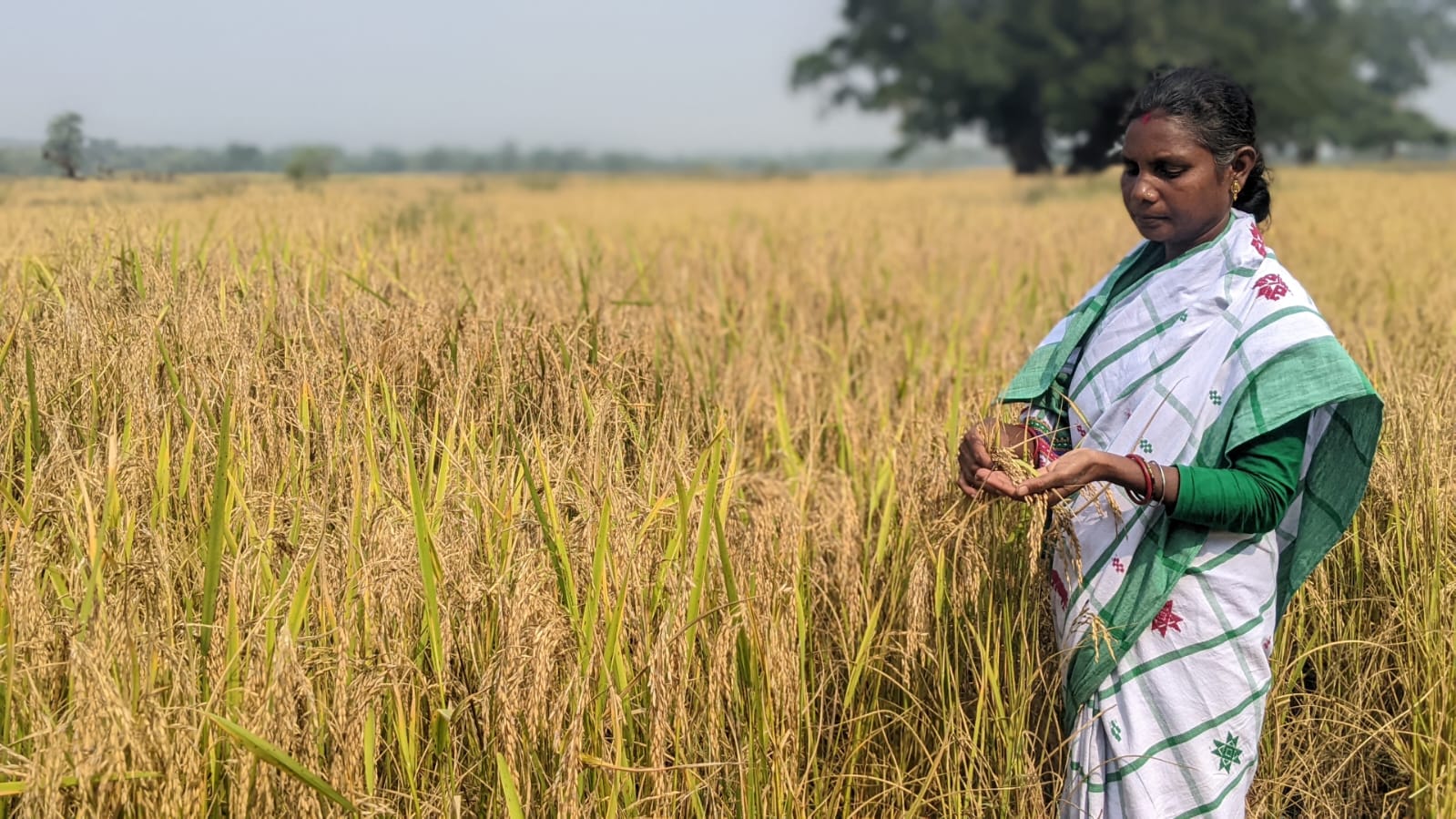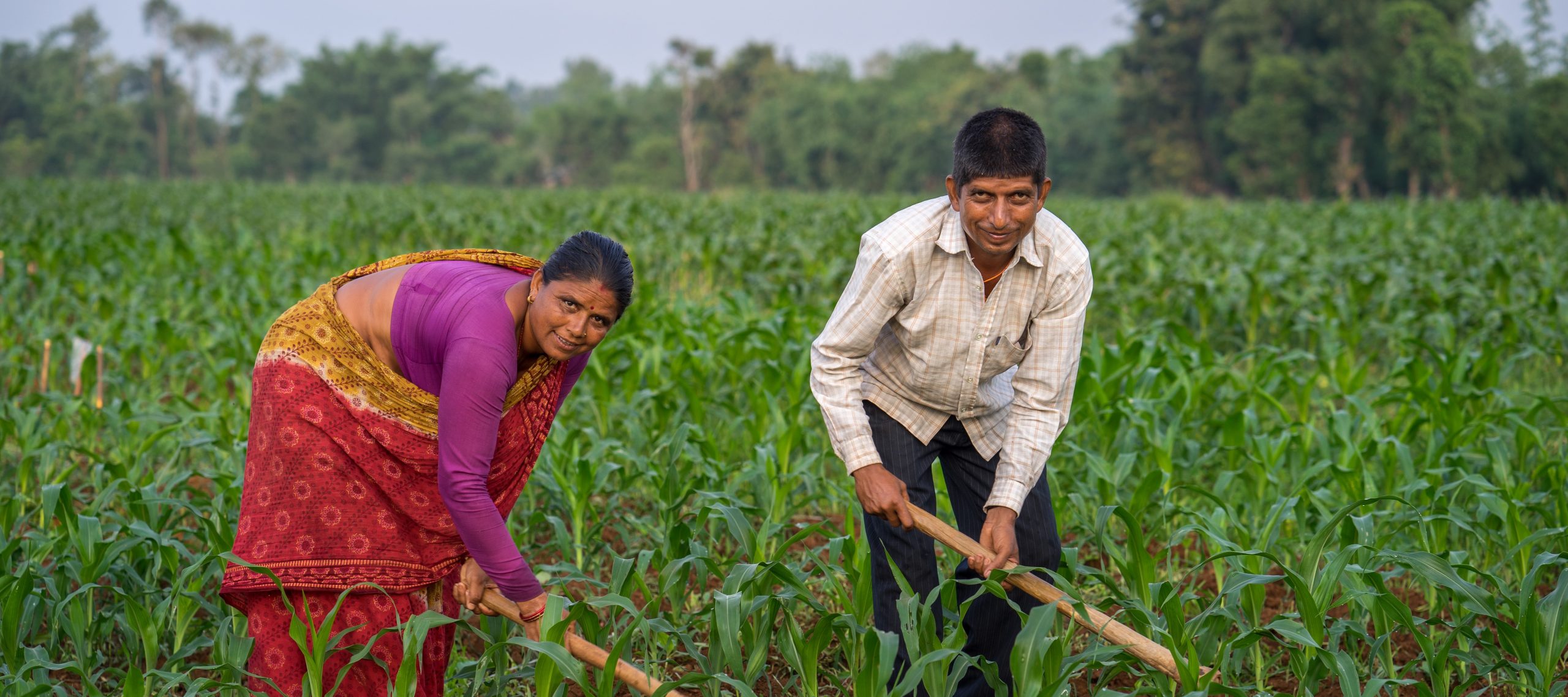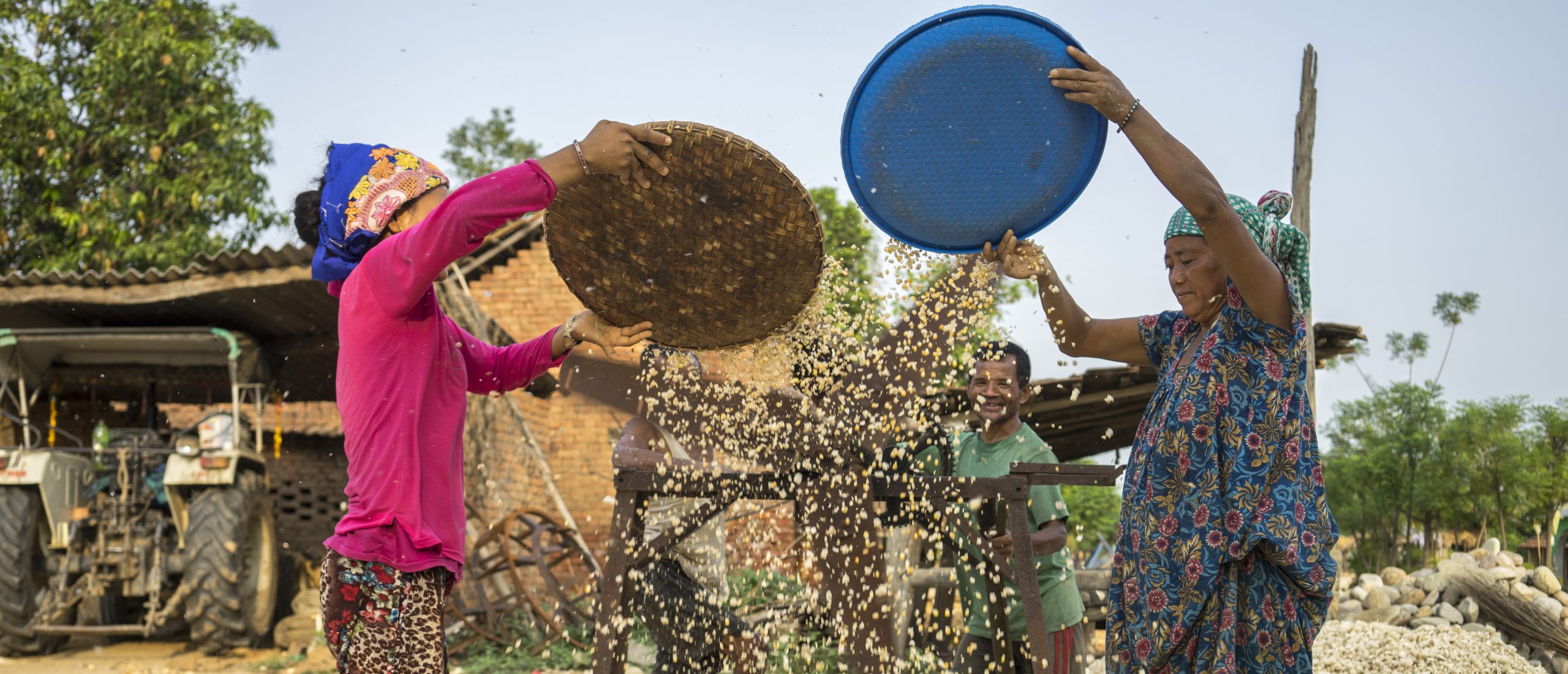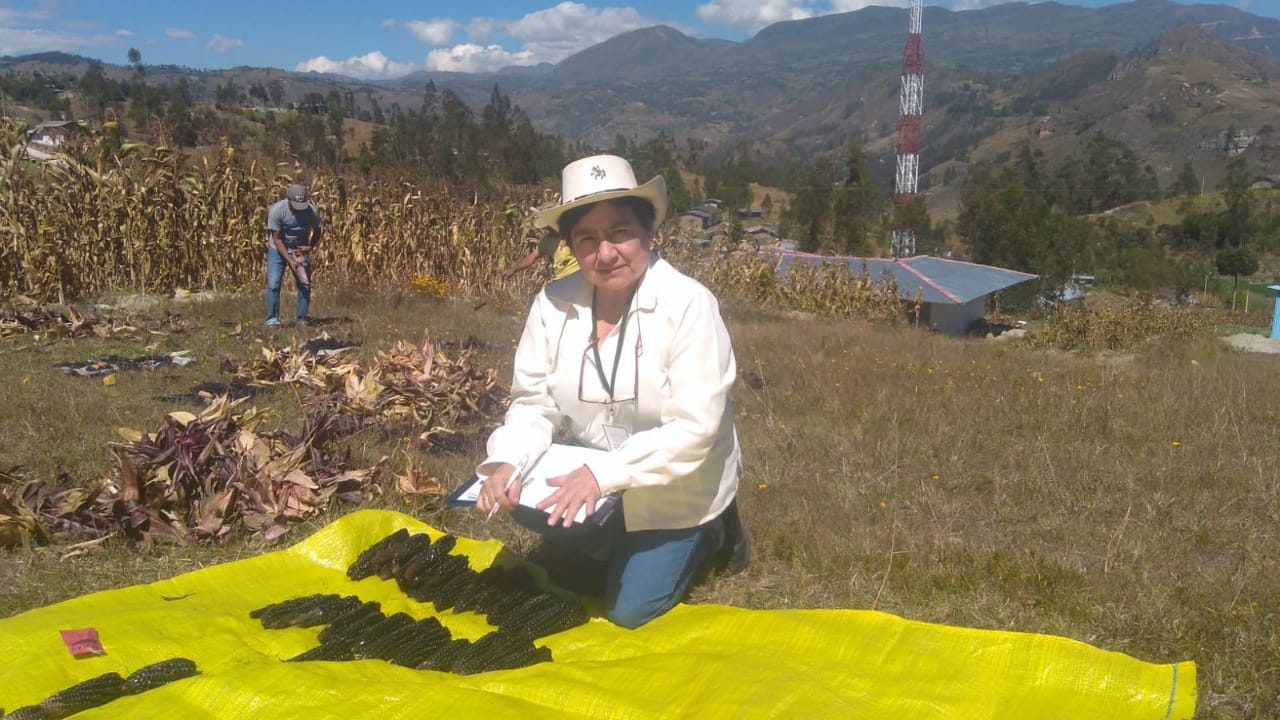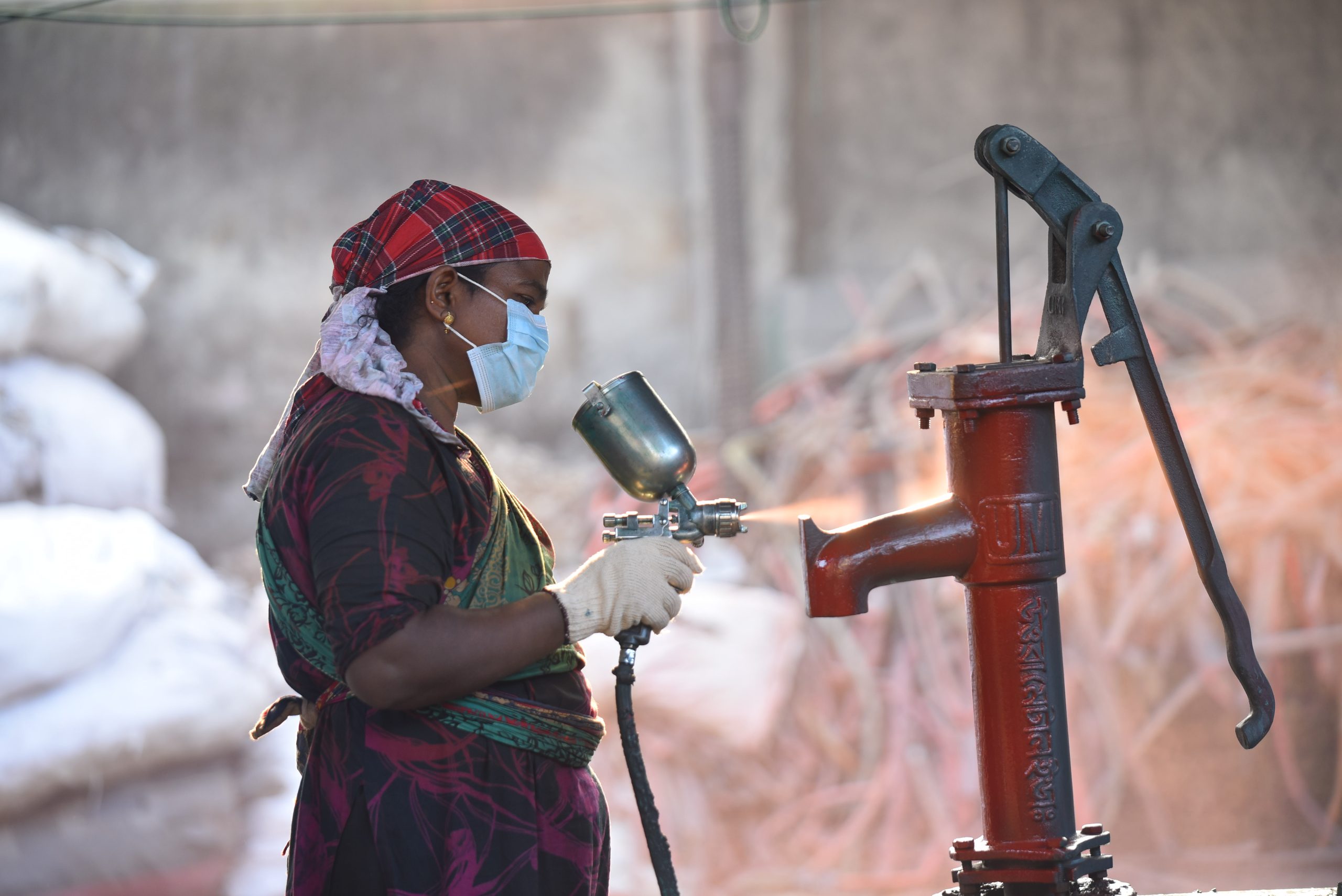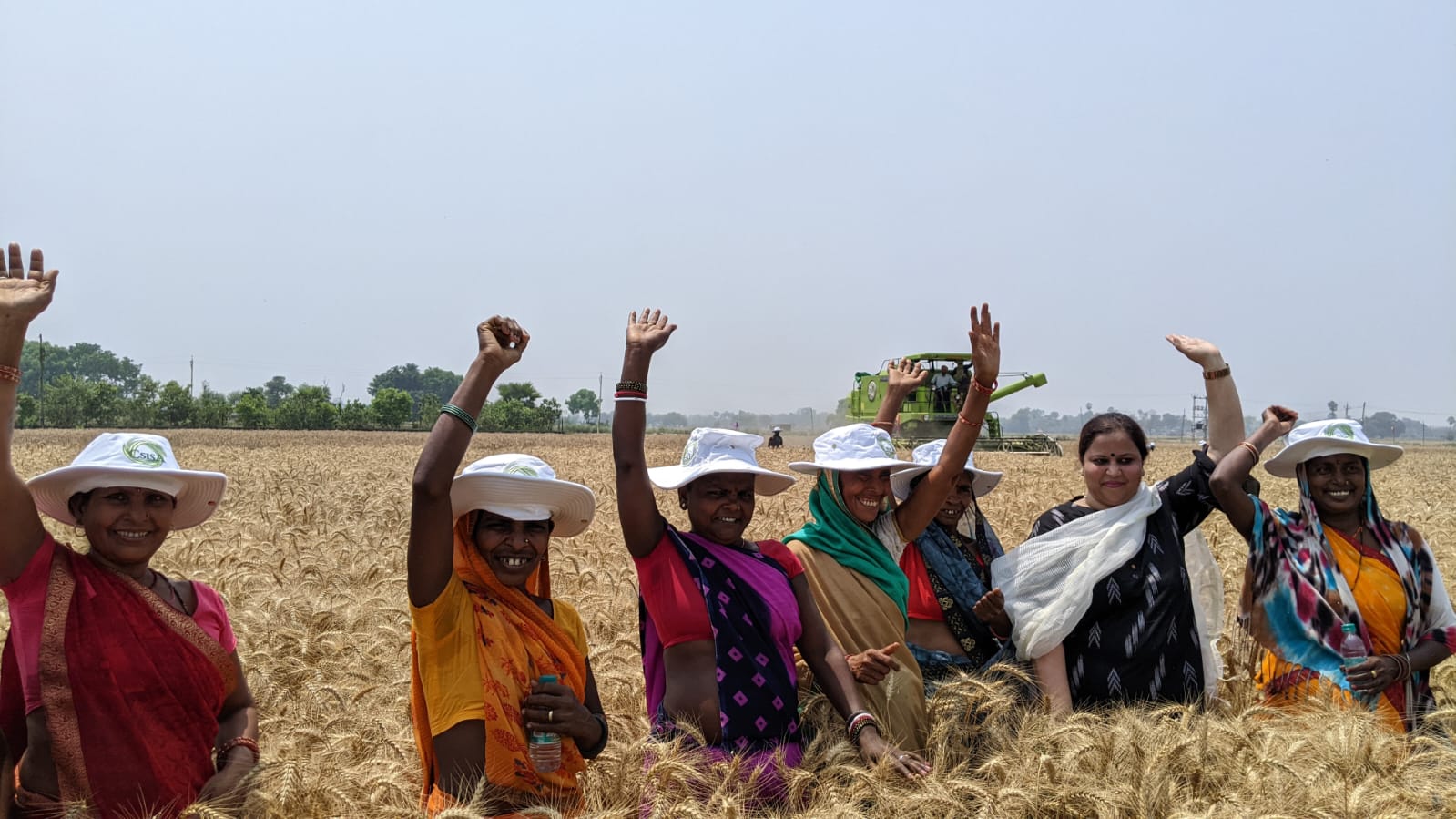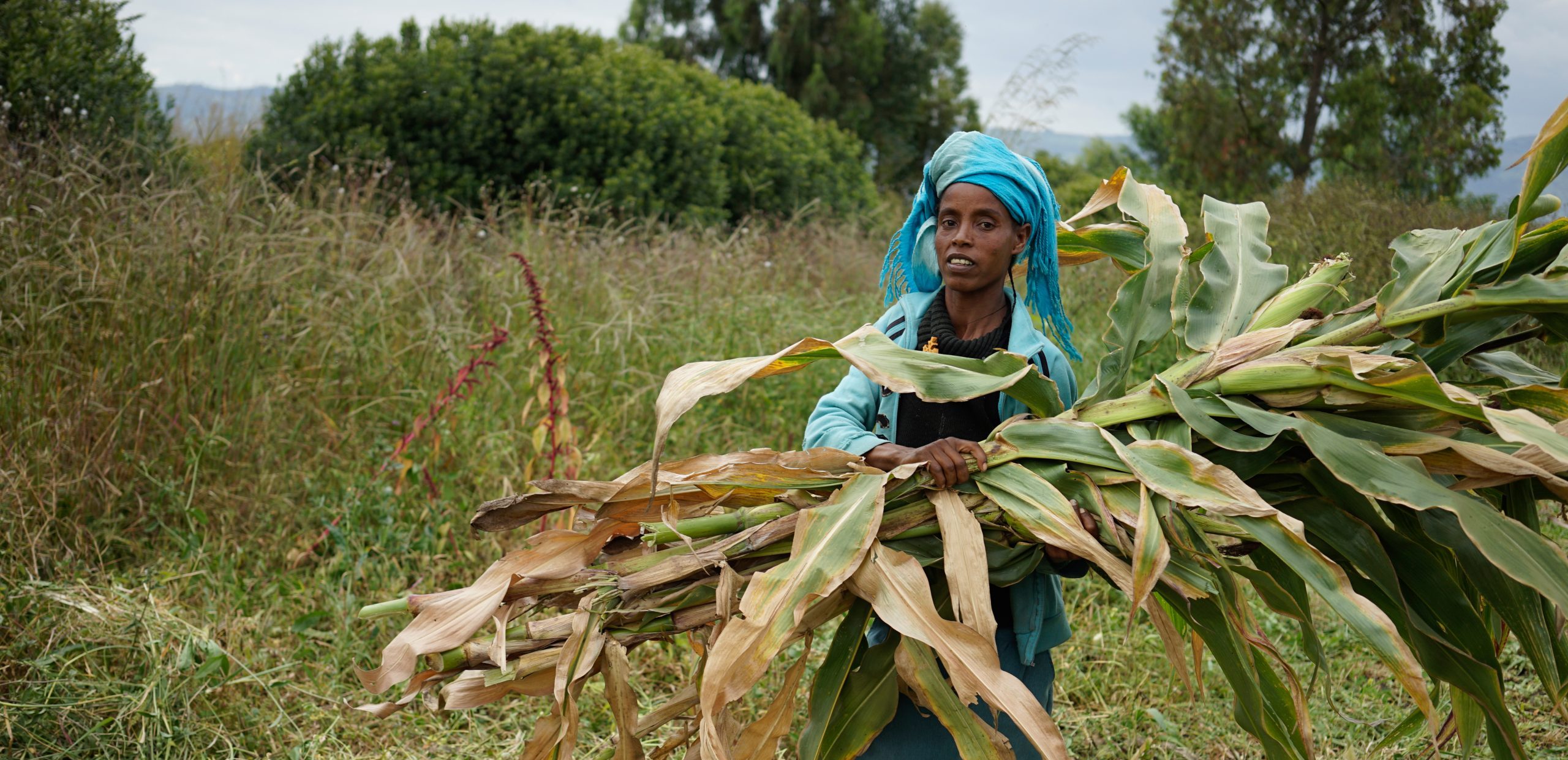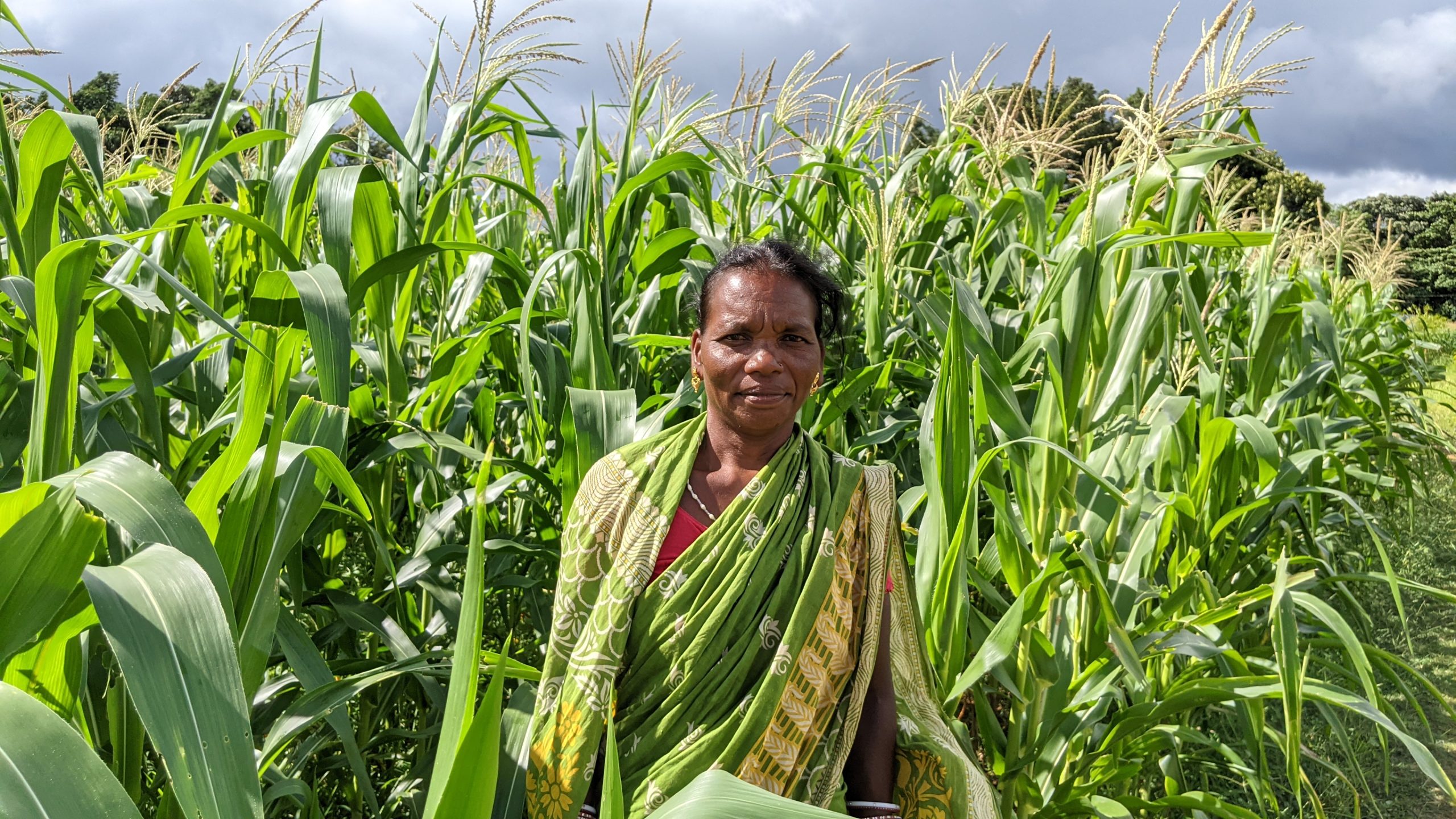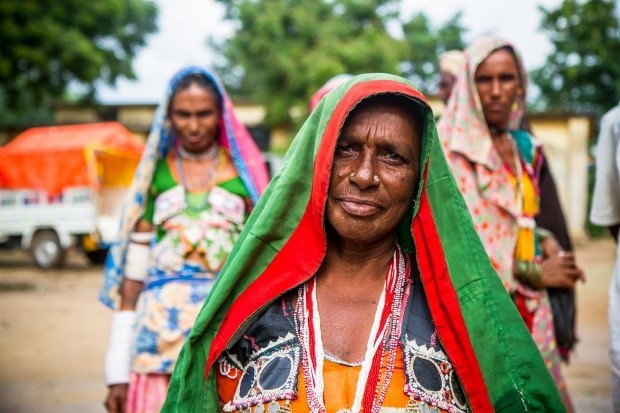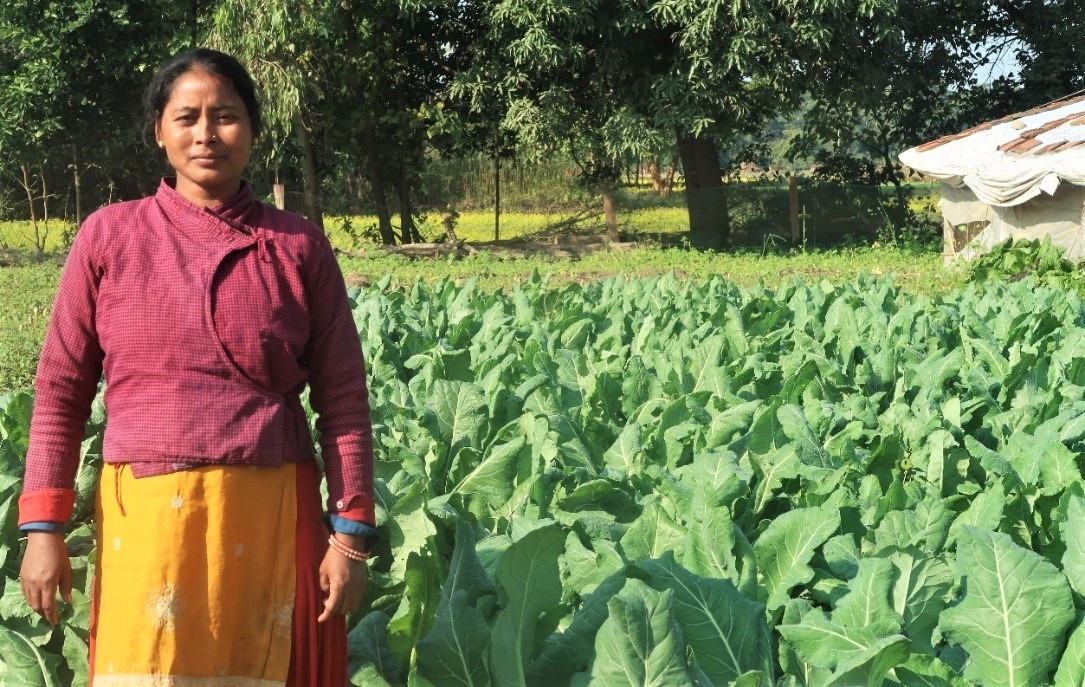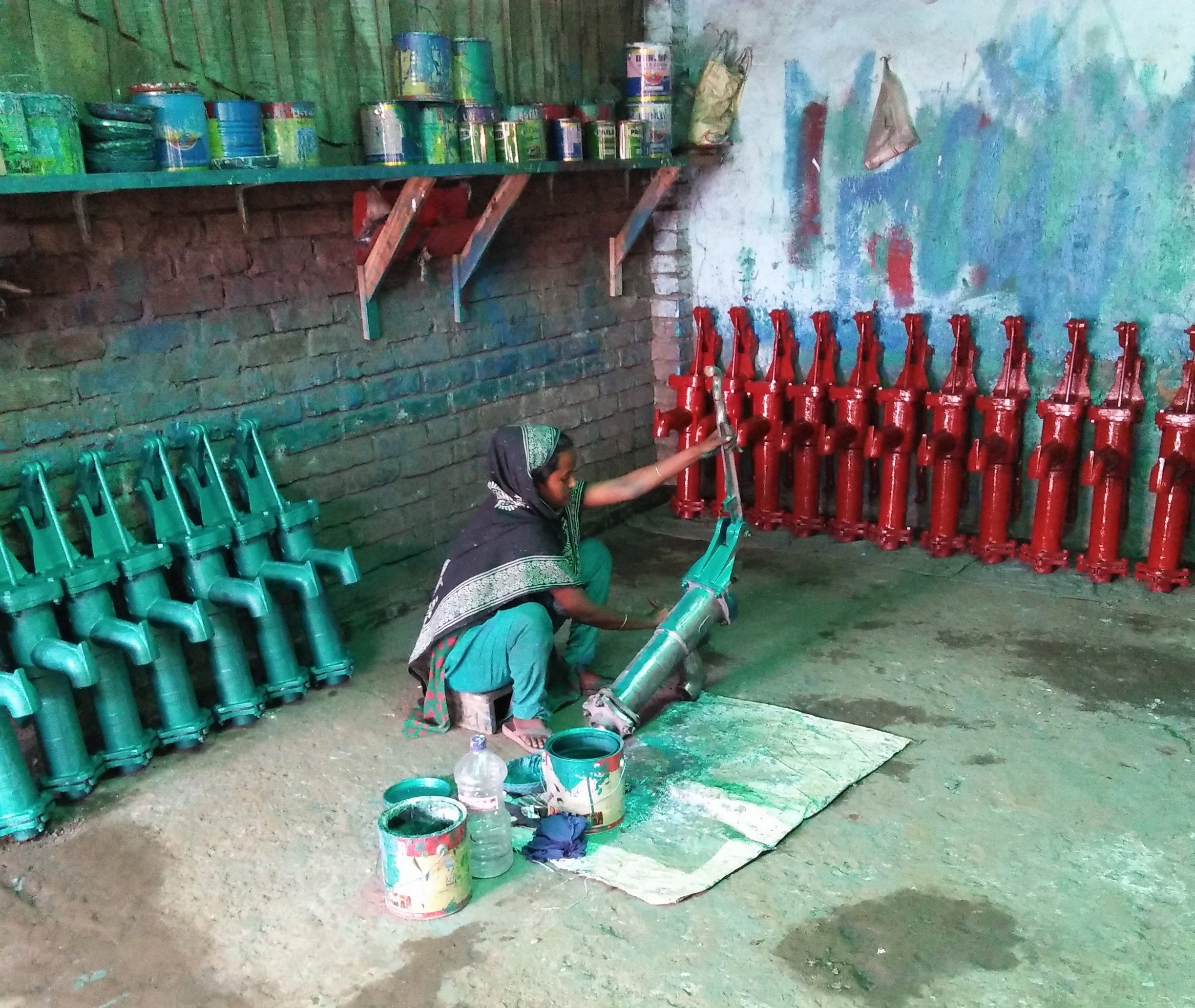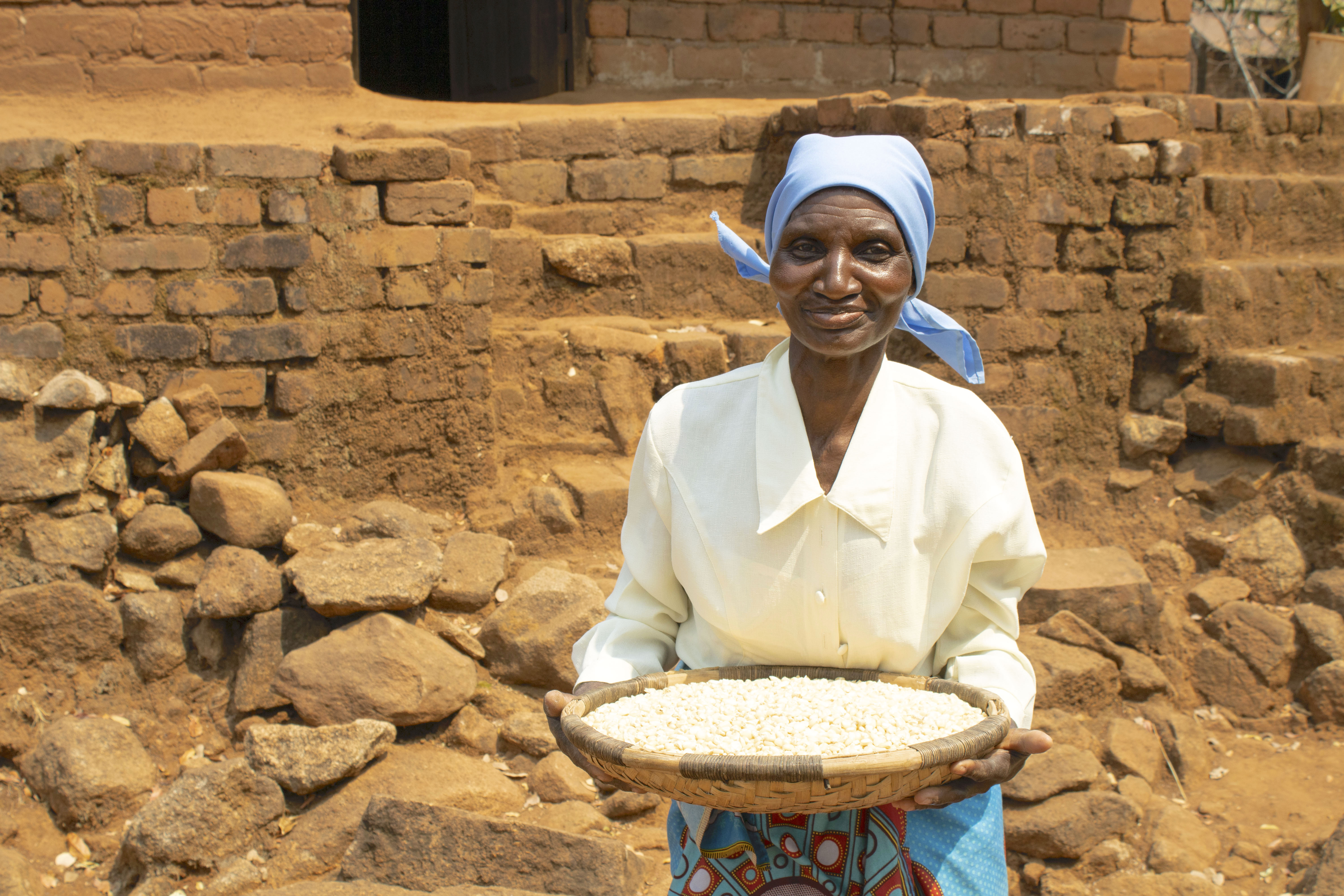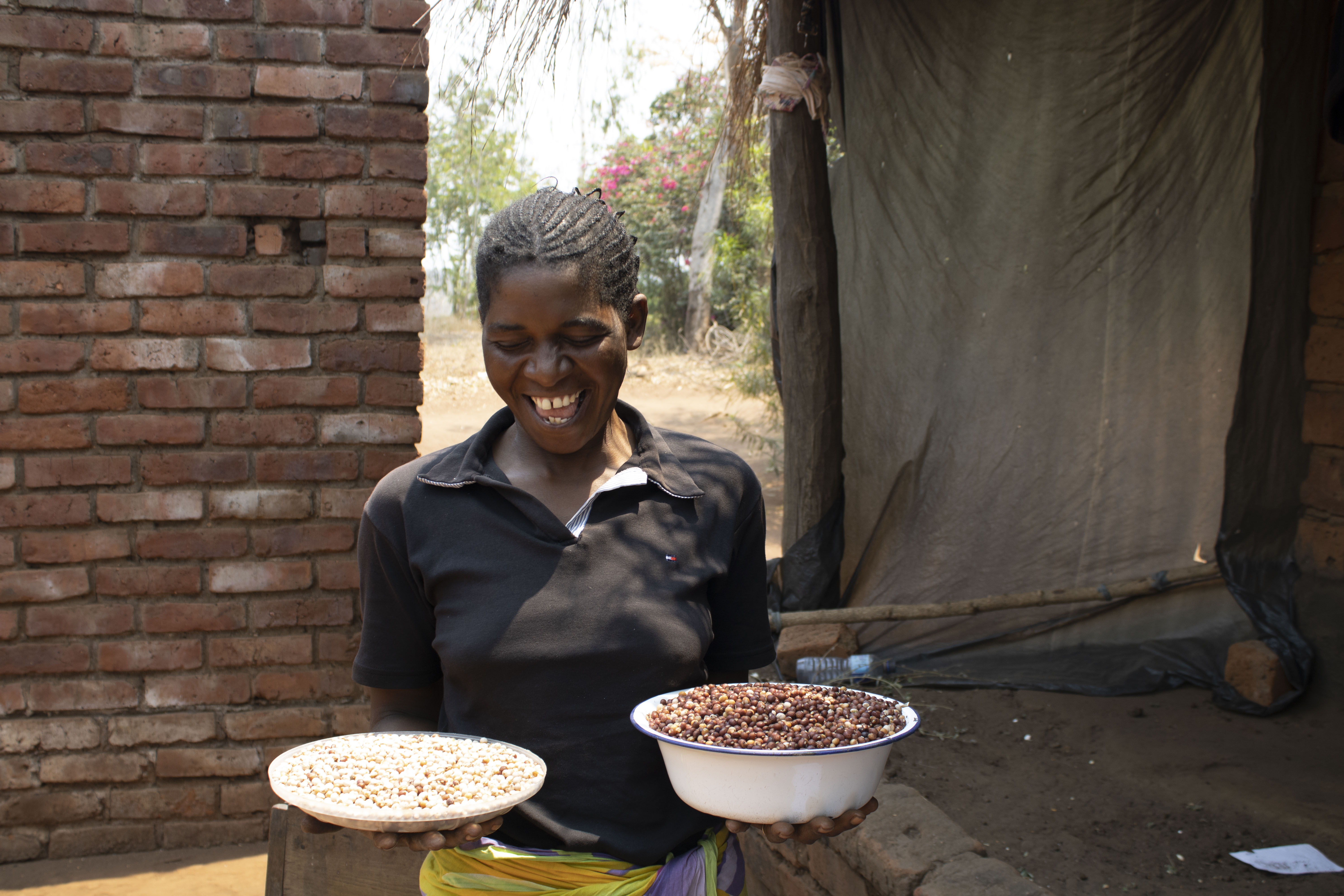International Day of Rural Women
The first International Day of Rural Women was observed on 15 October 2008. This international day recognizes “the critical role and contribution of rural women, including indigenous women, in enhancing agricultural and rural development, improving food security and eradicating rural poverty.”
Governments and society need to pay attention to their needs and invest in them, pursuing the political and socioeconomic empowerment of rural women and supporting their full and equal participation in decision-making at all levels, take them into account in their policies, developing specific assistance programs, and advisory services to promote economic skills of rural women in banking, modern trading and financial procedures and providing microcredit and other financial and business services, or designing laws to ensure that rural women are accorded full and equal rights to own land and other property, just to name a few.
Malho Marndi finds way forward with Direct Seeded Rice (DSR) Technology
 Climate adaptation and mitigation
Climate adaptation and mitigation
Malho Marndi is leading the way, proving that with the right technology, smallholder farmers can thrive
Transformative research provides pathways for including gender and socially marginalized groups
 Gender equality, youth and social inclusion
Gender equality, youth and social inclusion
Generating evidence and contributing to discussions and policy actions for inclusive and impactful agrifood systems, leading researchers from CIMMYT working with various stakeholders—including rural women farmers in Asia and Africa—converge in New Delhi at the 2023 CGIAR GENDER Impact Platform and ICAR Conference.
Community Business Facilitator: providing a service to farmers while increasing community access to nutritious food
 Gender equality, youth and social inclusion
Gender equality, youth and social inclusion
Women farmers in Nepal are increasing their income and leading positive change in their communities through capacity building programs in mechanization and post-harvest management.
Making purple maize a seed of prosperity for Peruvian farmers
 Gender equality, youth and social inclusion
Gender equality, youth and social inclusion
High-yielding purple maize, introduced into Peruvian agriculture by Alicia Medina Hoyos, is attracting global attention.
Stepping up for South Asian women
 Gender equality, youth and social inclusion
Gender equality, youth and social inclusion
Through the CSISA project, CIMMYT is helping female farmers in Bangladesh, India, and Nepal to receive the recognition and opportunities they deserve.
Technology addresses gender inequality in wheat farming
 Gender equality, youth and social inclusion
Gender equality, youth and social inclusion
Male and female farmers in Ethiopia and India face different challenges to accessing new wheat varieties, discovers CIMMYT researchers.
Gender-informed policies fundamental for climate change adaptation
 Climate adaptation and mitigation
Climate adaptation and mitigation
Reducing the gender gap in Ethiopian farming households can enhance climate change adaptation by female-headed households by almost 19%.
It’s Rural Women’s Day, from dawn to dusk
 Capacity development
Capacity development
A day in the life of a farmer in India’s Odisha state, part of tribal community that has long lived off the land.
Building a better future
 Climate adaptation and mitigation
Climate adaptation and mitigation
How gender research supports rural women during times of crisis.
Starting with a seed
 Capacity development
Capacity development
Inclusive seed business model empowers women from marginalized communities in Nepal.
Empowered rural women take on entrepreneurship
 Gender equality, youth and social inclusion
Gender equality, youth and social inclusion
Women in Odisha, India, successfully shoulder responsibility in leading their families through the COVID-19 crisis.
En route to improved agronomic literacy
 Gender equality, youth and social inclusion
Gender equality, youth and social inclusion
Women in rural Nepal prosper from training program on soil fertility management practices.
Women find a role in Bangladesh’s agricultural mechanization sector
 Gender equality, youth and social inclusion
Gender equality, youth and social inclusion
Technical and business training provides women with opportunities to break barriers and improve livelihoods.
Rural women of eastern and southern Africa gain ground
 Gender equality, youth and social inclusion
Gender equality, youth and social inclusion
On the International Day of Rural Women, October 15, meet farmers who are leading their families and their communities to a better life.
Pulses, cobs and a healthy soil prove the success of a rural innovator
 Climate adaptation and mitigation
Climate adaptation and mitigation
Long-term research on climate-smart agriculture in Malawi has improved the productivity, resilience and prospects of Mary Twaya, a single mother of three.
